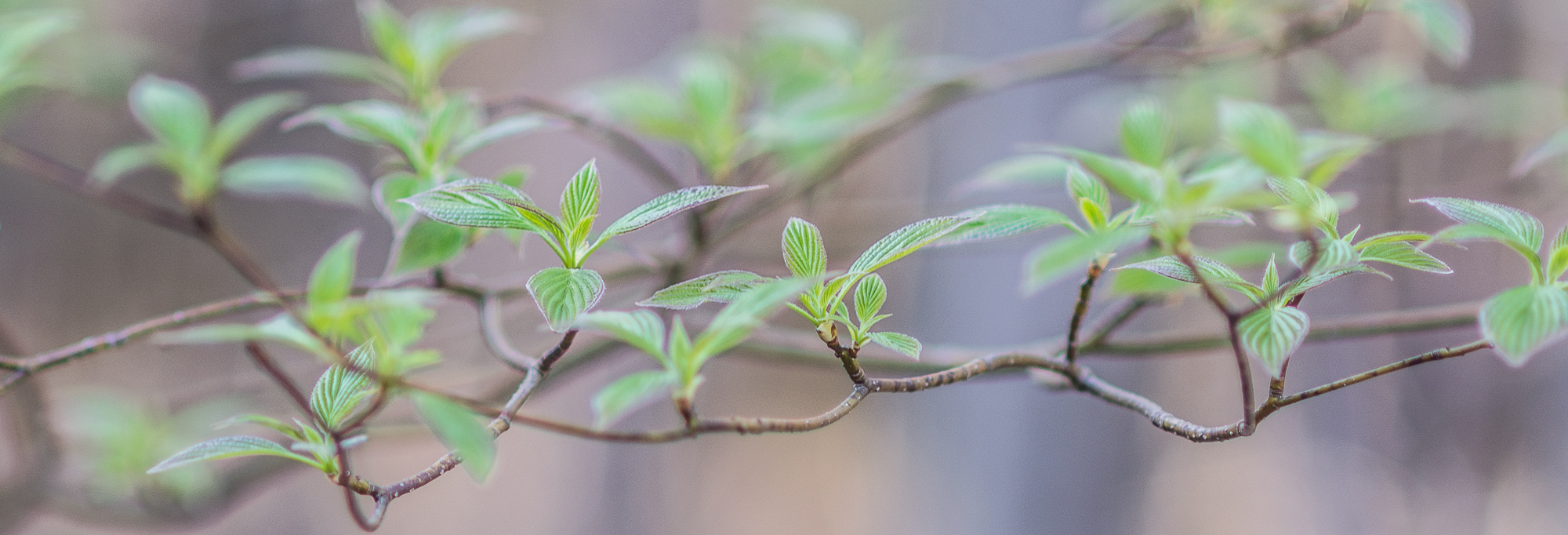April is a month of juggling. It is the month where I try to keep all of my seedlings alive. Inevitably I have more seedlings than I have space for. It does not matter whether I am growing on a windowsill or in a greenhouse the size of a football stadium, I will still have too many seedlings. And I want every last one of them to grow into a full sized plant.
At the end of March I realized that I need twice as much space under my lights. So I started to switch out each flat so they each get 12 hours of light a day. I have no idea where I will put all of the flats when they are not on the light racks. This won’t last too long, I should be able to move them out to the unheated greenhouse soon, which will also fill up and then I will contemplate how I need a second greenhouse.
As I am contemplating my need for a second greenhouse May will arrive and I will be able to start planting the seedlings into the ground. Then it will dawn on me that I do not have enough space in the ground for all my seedlings. Somehow this entire process repeats itself every year.
Caring for Native Plant Seedlings
Running out of space is only one of the many dangers lying in wait for a tender seedling. Too much water, too little water, crusts on the soil surface, algae, insects and damping off are all perilous to little seedlings. It is a tiny miracle that any seedlings survive this obstacle course.
Watering
Proper watering will help keep your seedlings alive during the tender initial few weeks. When I first sow seeds I water the surface of the soil to make sure the seeds have good contact with the soil, After that I almost always water from the bottom, I pour water into the tray the seedlings are sitting in and let the soil soak the water upwards. After an hour I will drain off the excess water that’s still in the tray. This helps somewhat with damping off and algal growth.
Air Flow
I also use small fans to keep air flowing over my seedlings. The air movement creates stronger stems on the plants. As the surface of the soil dries out it can form a hard crust. A thin layer of vermiculite on top of the soil helps to prevent this crust layer from forming.
Cinnamon
Air flow from a fan usually helps with damping off, but if your plants are still succumbing to the fungus you can sprinkle ground cinnamon on the soil surface. Cinnamon has antifungal properties that help protect the seedlings.
Native Plant Cold Hardiness
So far all of the above information applies to any of the vegetables or flowers that you might try to grow in the spring. But what about the native plants? Is there any special growing tips for them?

Many of the native plant species are far more cold hardy than ordinary flowers and veggies. For example, the common yarrow that I planted in the garden beds last year had green leaves when the snow melted in early March. This tells me that I can move my seedlings to the unheated greenhouse (and maybe outside) and they won’t mind the cold. Sedges, Columbine, Meadow-rue, Prairie Smoke and other species get a head start in the cold. Let nature be your guide.

